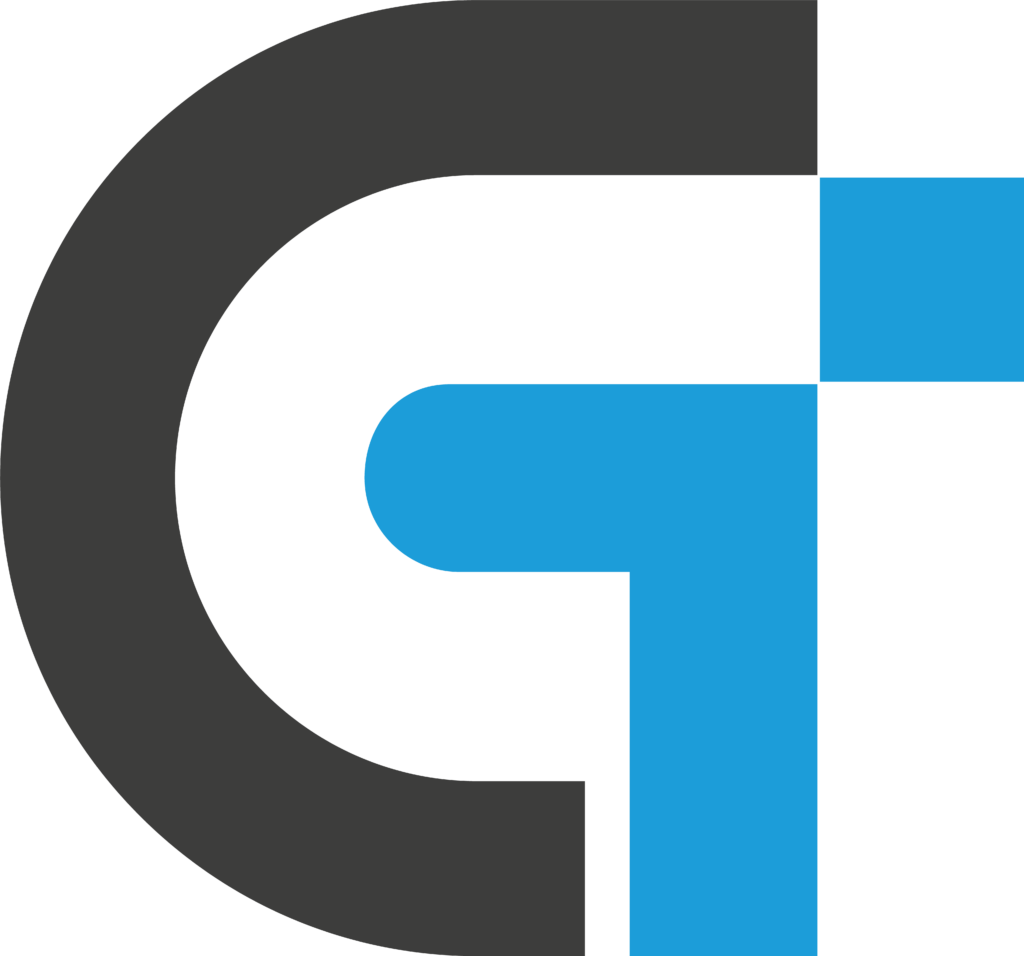How to Optimize Your Business Operations for Maximum Efficiency
Map and Analyze Your Processes
Optimizing your business operations begins with a meticulous understanding of your current processes. This vital first step involves process mapping, where you visualize the flow of activities, identify bottlenecks, and spotlight areas needing improvement. By thoroughly analyzing your existing processes, you’ll gain invaluable insights into inefficiencies, redundancies, and opportunities for streamlining.
Engage in-depth with process mapping tools or enlist an experienced consultant to guarantee an objective and comprehensive analysis. Involve cross-functional teams to harness diverse perspectives and discover blind spots that might otherwise be overlooked. Insights from this exercise will serve as a blueprint for implementing targeted improvements, paving the way for operational excellence.
Leverage Technology and Automation
In today’s digital era, technology and automation are pivotal for operational efficiency. Invest in robust software solutions and state-of-the-art automation tools to streamline repetitive tasks, minimize errors, and accelerate workflows. Leveraging technology unlocks new productivity levels and frees valuable human resources for more strategic, value-adding activities.
Implement the following technological solutions:
- Process Automation Software: Automate routine tasks such as data entry and document management, thus reducing errors and expediting processes.
- Project Management Tools: Enhance collaboration, task assignment, and tracking to ensure transparent and accountable project execution.
- Customer Relationship Management (CRM) Systems: Centralize customer data and optimize sales, marketing, and customer service processes for a personalized customer experience.
- Enterprise Resource Planning (ERP) Systems: Integrate and manage core business processes, including inventory, supply chain, and accounting, providing a holistic operations view and enabling data-driven decisions.
Embracing technology and automation not only streamlines operations but also empowers your workforce to thrive in an increasingly digital landscape.
Optimize Workflow and Communication
Efficient workflow and clear communication are the cornerstones of operational excellence. By implementing well-designed strategies, you can eliminate bottlenecks, reduce redundancies, and cultivate a collaborative and productive environment.
Consider these strategies:
- Standardize Processes: Develop comprehensive standard operating procedures (SOPs) to ensure consistency, minimize errors, and maintain quality across all operations. Clearly documented processes serve as a reference point and facilitate employee training.
- Streamline Approvals: Simplify approval processes by eliminating unnecessary bureaucracy. Implement a lean approval system that empowers employees and promotes agility while maintaining oversight and control.
- Enhance Collaboration: Foster open communication channels and cross-functional collaboration. Encourage teams to share ideas, insights, and best practices, fostering continuous improvement and dismantling silos.
- Leverage Cloud-based Tools: Utilize cloud-based platforms for real-time data sharing and remote collaboration, enabling seamless communication and information exchange across teams and geographic locations.
Optimizing workflow and communication creates a harmonious operational environment where teams work seamlessly, driving productivity and excellence.
Continuously Improve and Measure Performance
Operational optimization is an ongoing journey of continuous improvement. For sustained success, it is crucial to monitor and measure key performance indicators (KPIs) aligned with business objectives. This data-driven approach provides valuable insights into areas needing further attention or refinement.
Encourage employee feedback and foster a culture of continuous improvement within your organization, empowering your team to identify enhancement opportunities actively. Consider these strategies for measuring and improving performance:
- Define and Track KPIs: Identify relevant metrics, such as cycle time, productivity, customer satisfaction, and cost savings. Regularly monitor and analyze these KPIs to pinpoint trends and improvement areas.
- Conduct Regular Process Reviews: Periodically review and refine processes to eliminate inefficiencies and adopt best practices. Involve cross-functional teams to gain diverse perspectives and ensure comprehensive evaluations.
- Implement Lean Methodologies: Embrace lean principles, such as waste elimination and cycle time reduction, promoting continuous improvement through a structured framework.
By continuously monitoring performance and maintaining a culture of improvement, your operations will remain agile and adaptable, ready for success in an ever-changing business landscape.
Invest in Employee Training and Development
Employees are the driving force behind efficient operations, making their training and development essential. Equip your workforce with the necessary skills, knowledge, and mindset to perform at their best and contribute to operational excellence.
Consider these strategies:
- Provide Comprehensive Training: Offer regular training programs to upskill employees on new technologies, processes, and best practices, ensuring they are equipped with the latest tools and techniques.
- Encourage Cross-Training: Promote initiatives that develop a multi-skilled workforce capable of handling various tasks and responsibilities, fostering flexibility, adaptability, and collaboration.
- Foster a Culture of Continuous Learning: Encourage attendance at workshops, seminars, and online courses to keep employees up-to-date with industry trends and best practices. Cultivate an environment valuing continuous learning, promoting personal and professional growth.
By investing in your employees’ professional development, you create a highly skilled and engaged workforce ready to drive operational excellence. Empowered employees are better positioned to identify improvement opportunities, implement innovative solutions, and contribute to your organization’s overall success.
.
This article is generated by SafeComs AI, Automation Bot.





Leave a Reply